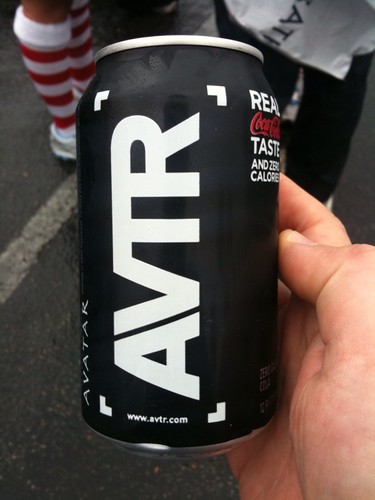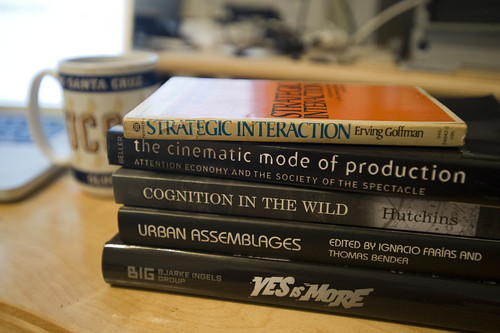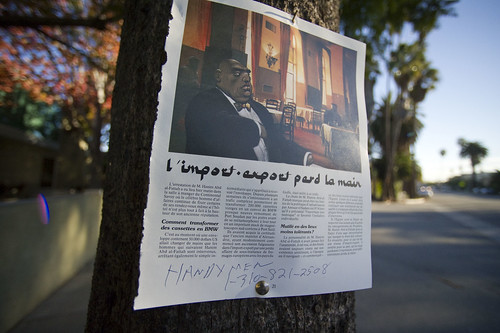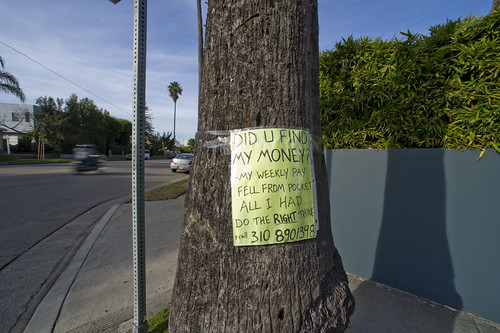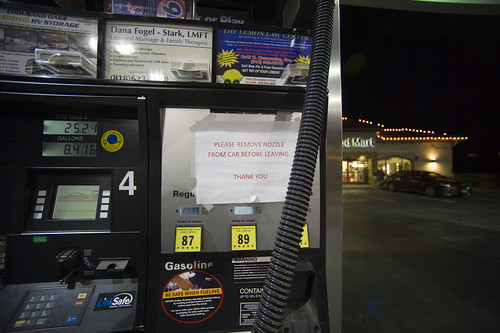Strangely — because I trained to be a cynic-critic — I actually enjoyed Avatar. I don’t know if I expected much more of a nuanced story from James Cameron, so I didn’t go in there looking for insight and reflection on the complexities of sci-tech versus anti-tech (delivered, ironically, by a super high tech
production), exploitive corporations versus pristine cultures (created, ironically, by a corporation spending $250M on its production), militarism versus peaceful warriors (by the guy who materialized his fantasy of the battlesuit-wearing Space Marine), sentamentalist essentialism versus… Cameron didn’t fool me into thinking he had something important to say about cultures’ relationships with *nature* or *the other*.
I already know how the Noble Savage works as a pivot point for wrangling my emotions in a film’s narrative round-up. Or — *gasp* — the white man’s burden. To work that angle is tiring as a critique, however topical it might be. To critique it over and over again. And again.
*Sigh*
But..that’s me. I spent many years in a smarty-pants lit-crit-swaggering grad school. Been there, read that, saw it over and over again. What else is in there? Anything at all? Is it just a roughshod rehashed ham-fisted anti-colonialist apologist’s romp? Really? Is that all I get for my $12.50 Imax 3D experience?
I mean..it’s James Cameron. The animation and production ruled the day. It’s best understood either as a 3 hour treatment for a video game, an advert for the Global Consciousness Project, or a simple Pocahontas-y Christmas story. Simple stories for simple people on holiday. If one of those simpletons thinks for a moment about the sinewy interconnectedness of all living things, I’d be surprised. That’s a MacGuffin to move us to a battle sequence that shows that steel and explosives can’t bend a mind’s will. This point, however you can make it, is worth the price of admission and can never be said enough — even with a moronic, chanting-in-teh-forestz-with-drums plot line. It’s simple, but 8 years of Bush-Cheney will take lots of stupid stories with important principles underneath them to clear up their mess.
If anything, what I enjoyed most is this latest addition to a growing line of sci-fi visual commentaries on the growing displacement of consciousness — plugging ourselves into other selves and other places: Brainstorm, The Matrix, Surrogates, Gamer..there’s a curious theme and, despite the flat-footed, easily critiqued, buffoonish scripts — brilliant invective of the era of the *online*, the *Avatar* just below the surface of a middling (or worse) story.
Still — Avatar is a good film for reasons *other* than the story.
cf. Sascha’s review
cf. Steven Shaviro’s / Pinnocchio Theory’slong-but-worth-it analysis of Gamer
cf. David Denby’s Avatar review in The New Yorker
Continue reading Avatar On Its Face


